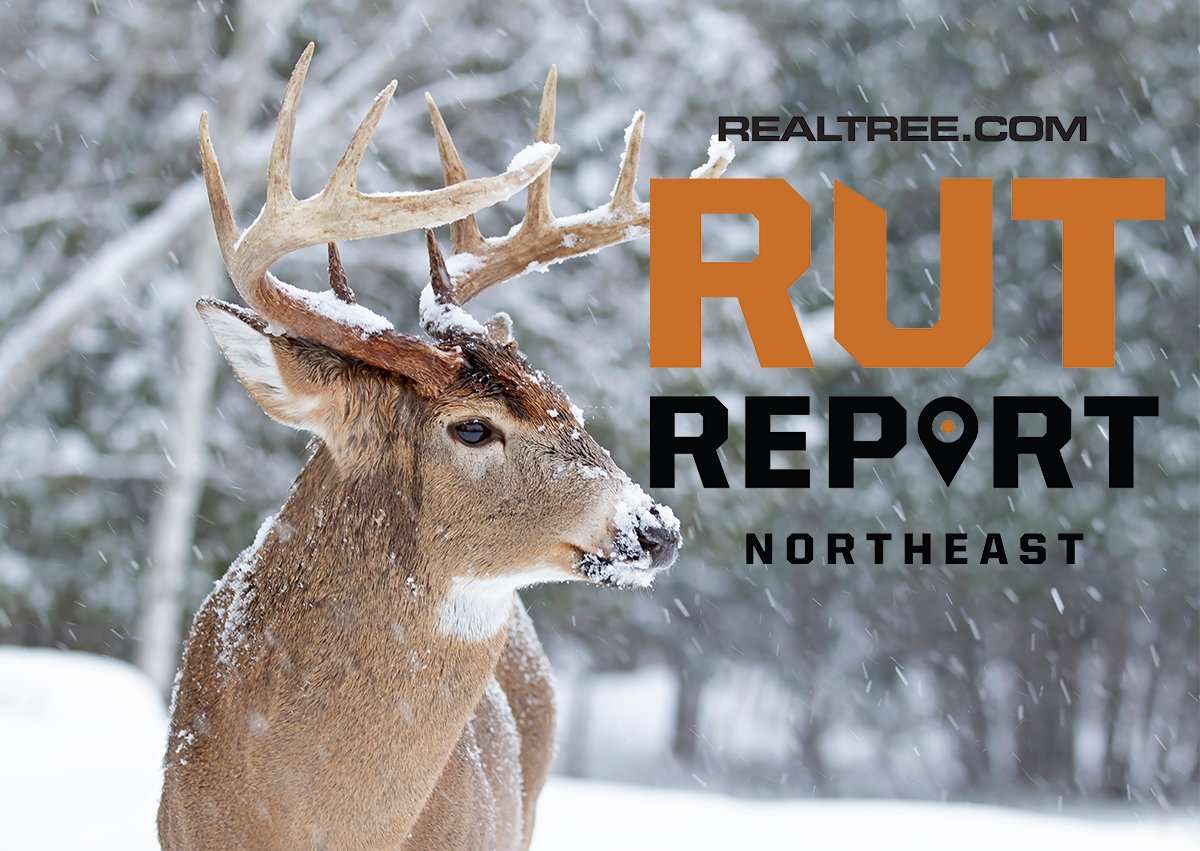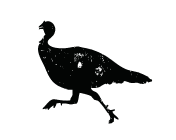Winter weather and firearm pressure are making for tough hunting, but there's still plenty of deer season left
 Northeast Rut Report: Rut Recap, Deer Settling into Late-Season Patterns - image_by_jim_cumming-shutterstock-ne_0
Northeast Rut Report: Rut Recap, Deer Settling into Late-Season Patterns - image_by_jim_cumming-shutterstock-ne_0
Thanksgiving has come and gone and there is much to be grateful for. Some hunters have put plenty of meat in the freezer already, while others still await the opportunity. Deer movement is suggesting we're settling into patterns that are less related to rut behavior and more to bedding and feeding, with the additional element of firearm hunting pressure.
Sometimes the best place to get the scoop on local deer activity is to hang at a taxidermist's shop. On Friday, I spent a few hours talking to some locals, where I procured a major data dump for our area. Here in New York, Southern Zone rifle season opened Saturday, November 20 under a nearly full moon, without much fanfare. The majority of hunters I talked to came away from the challenging gun opener significantly underwhelmed, with many calling it the worst opening day in memory.
Many indicated they weren't seeing the standard rutting activity traditionally experienced on opening weekend, with sightings in general fewer than usual, and mature bucks in particular extremely limited. Still, despite the overarching theme, there were stories of bucks slinking along the edges of thick cover in search of hot does, several of which met their demise.
As the days ticked on and we moved farther away from the full moon, many hunters did report an increase in daylight activity on the part of mature does and fawns, both morning and evening. That gave some the chance to capitalize and put meat in the freezer. Still, big buck activity for the same time period was extremely limited. Wednesday, November 24, brought an upsurge in mature buck activity, with numerous folks detailing opportunities at mature deer in a handful of states. This trend continued through Saturday, with accounts from West Virginia, Maine, Massachusetts, and Pennsylvania all detailing good deer activity through the holiday weekend. Though some chasing and seeking was reported, the majority of deer accounts were of standard bed-to-feed, feed-to-bed patterns with most hunters finding success in or near bedding cover in the mornings and on or in close transition areas to food sources during the afternoons.
Some of the contrasts in deer movement seem to be dependent on the property. For example, one of our New York reporters detailed a lack of activity over the last few days but upon review of our mutual records dating back nearly 20 years, this particular property has been perennially slow during the first week of firearm season in New York. Coincidence? I think not! The bigger question is, are you able to identify patterns like this in your area, and if so, how do you adapt? We all seem to know that guy who, every year on opening weekend of gun season, bags a huge buck. I always thought that guy just had better land or was a better hunter than me, but he might just have a spot that boasts a better pattern for this time of year. Seems obvious, but is it always that cut and dry?
Overall, this week's weather pattern has been seasonally appropriate to slightly colder, with many areas experiencing their first skiff of snow or actual accumulation. This can cause deer to override their best judgement in search of food, while making efforts to start conserving calories for the onset of winter. In the past few days, larger groups of doe fawns and button bucks have been reported, and it's sure that mature does will also join the ranks as pressure increases and the temperatures continue to drop. Like the rut, this pattern always presents the potential for frustration. If you're hunting in a spot the deer desire you can see plenty of them, but if you're not, you might get skunked. Mature buck sightings have been hit and miss, and this trend is also expected to continue. Your best chances at seeing one are on the edges of major storms and cold fronts, or when the barometric pressure is soaring.
Under these conditions you still might see frisky bucks bumping does to test their receptiveness. The guys in the shop spoke of multiple accounts of bucks bumping does on open fields the evening before a cold front and snow storm moved through. The primary breeding ritual seems to have passed, but there is always a second-chance rut for does that weren't bred during their first cycle or fawns that attain the body weight to experience their first estrous cycle. Based upon the year's activity to this point, it's difficult to predict when this may happen so, like the primary rut, you just have to be out there!
We're only half way through the season in many states, so there's plenty of hunting left and bountiful opportunities to wrap your tag around a buck or doe before the seasons' conclusion. Keep getting after it.
(Don't Miss: Bilateral Arm Amputee Kills a Monster Buck from a Climbing Stand)









































